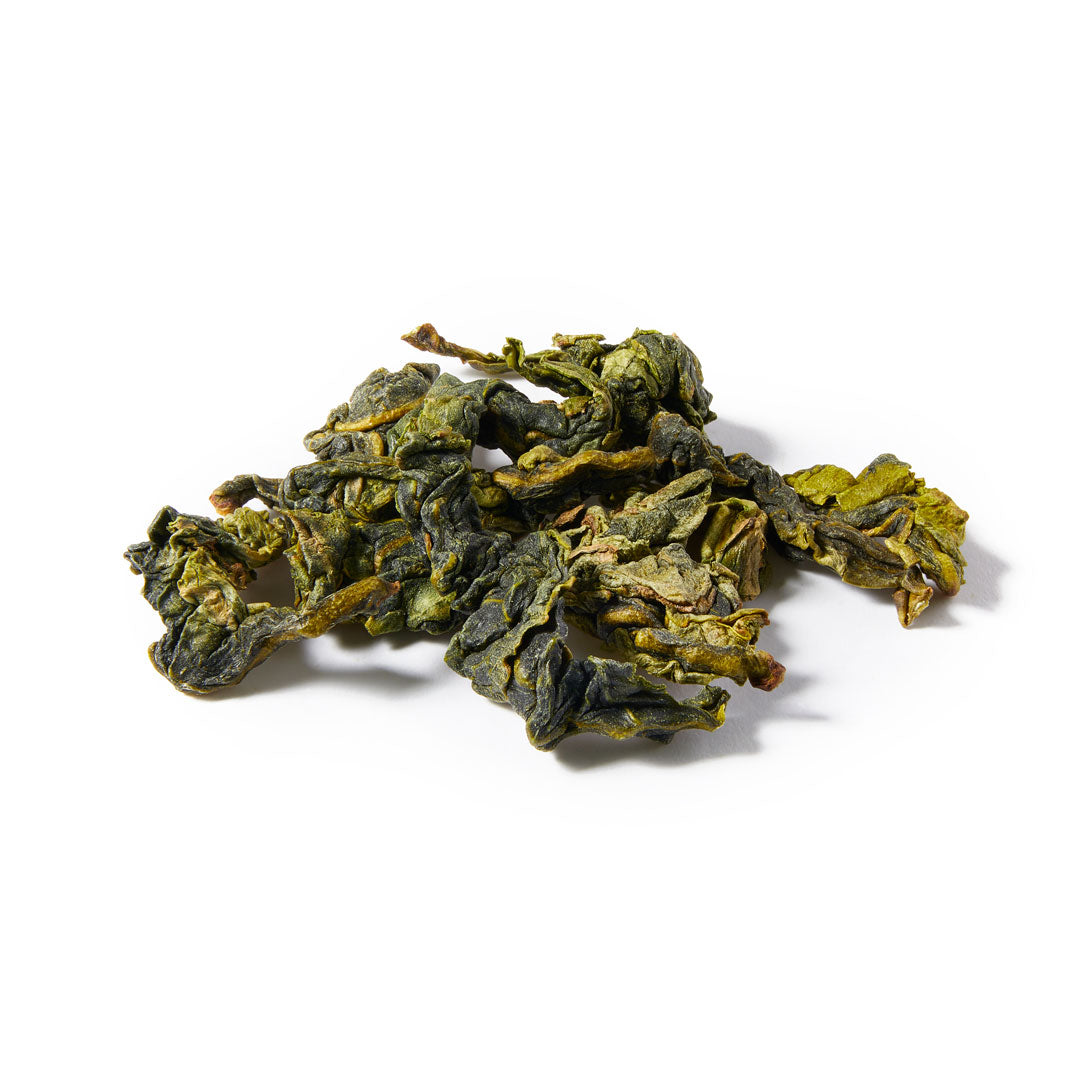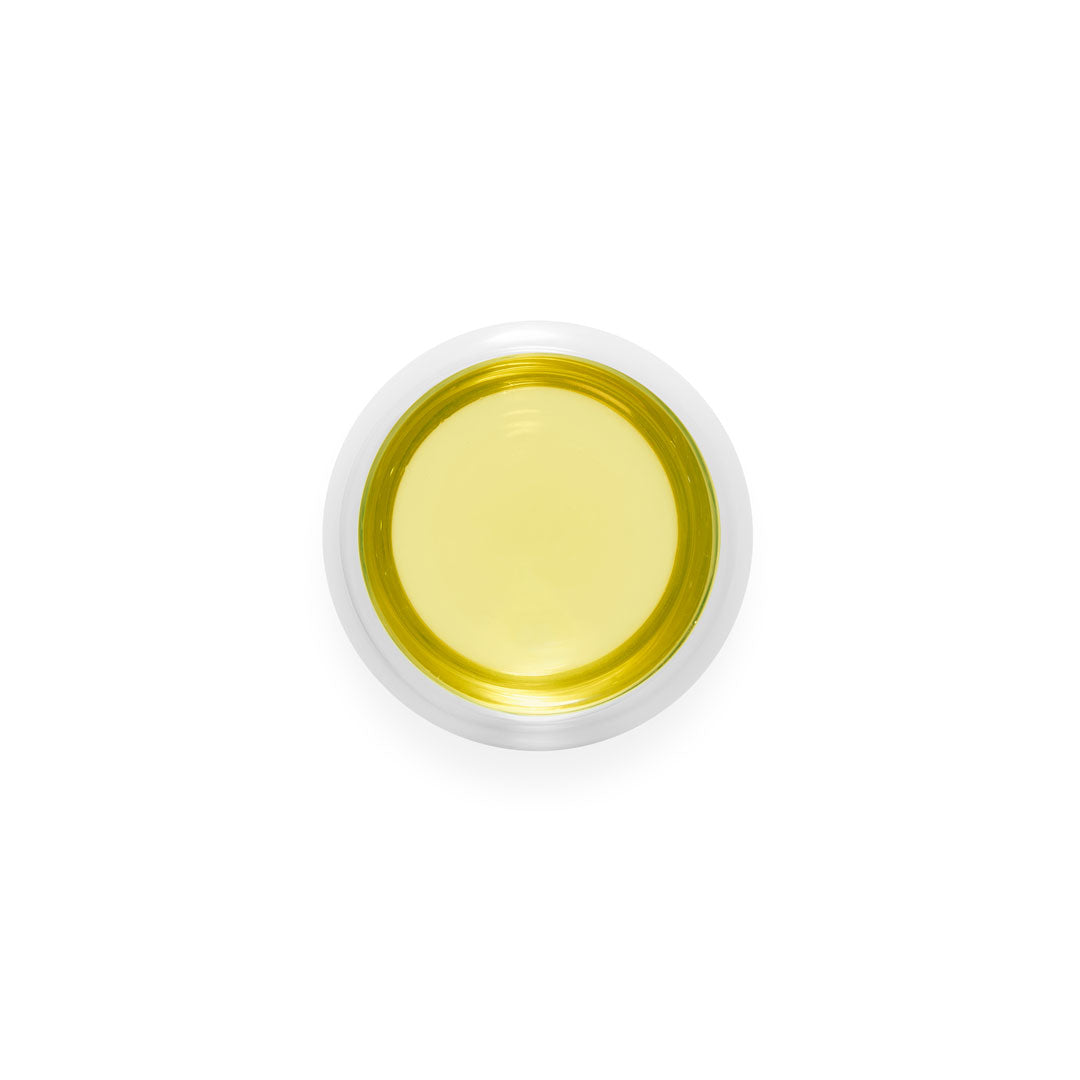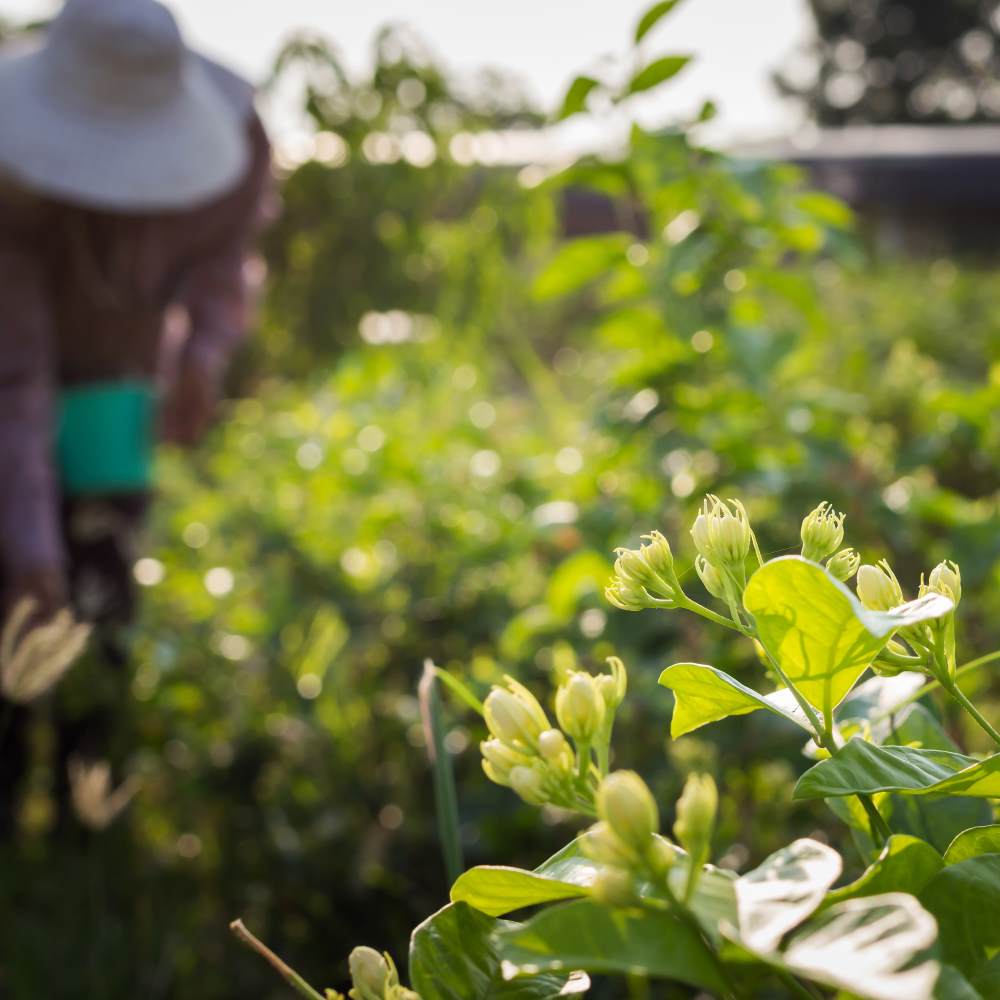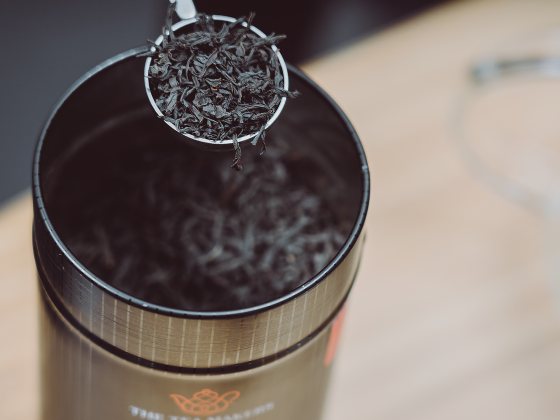









No. 99
Tie Guan Yin - Loose Leaf Tea
Our award-winning Iron Goddess of Mercy loose-leaf tea is a premium oolong with a creamy texture and divine floral notes.
Choose options
Our award-winning Iron Goddess of Mercy loose-leaf tea is a premium oolong with a creamy texture and divine floral notes.
Our award-winning Iron Goddess of Mercy loose-leaf tea is a premium oolong with a creamy texture and divine floral notes.
The origins of our Tie Guan Yin Chinese oolong tea
If Tie Guan Yin Oolong isn't familiar, you'll surely know this iconic tea by its other names: Iron Goddess of Mercy or Iron Buddha. Wrapped in legend and renowned for its wonderfully creamy texture and complex flavour, this exquisite lightly oxidised type of tea is one of the most famous Chinese oolongs, produced in Anxi County, in the southern part of Fujian province.
Our 2021 Great Taste award-winning luxury loose-leaf version of this popular oolong tea is painstakingly produced using the bao rou, or 'wrap rolling' technique. Here, withered, bruised and oxidised tea leaves are wrapped in cloth and tightly rolled and kneaded to form tightly knitted pellets, each with a 'tail', which is actually a small piece of stem. The resulting eye-catching, uneven pellets of bright emerald green produce a golden yellow infusion and a light floral aroma with notes of freshly roasted nuts that perfectly captures the qualities of the Anxi spring harvest.
But the real joy of this tea is in its flavour: creamy, rich and floral with exquisite notes of nectar and a buttery smooth mouthfeel. This authentic oolong may not show so much of the iron, but it has more than enough divine qualities to live up to its name.
What is oolong tea?
Also known as Wulong ('black dragon'), oolong is a semi-oxidised tea, which is why it's often referred to as being halfway between a green and a black tea. The vast majority of oolongs are grown in the mountainous areas of China, particularly Fujian province, and in Taiwan, where oolong was introduced in the 19th century.
Before being plucked, buds are left to open and thicken up so that they are robust enough to withstand the bruising to come – one of the unique parts of the oolong production process. Having been left to wither in sunlight, next comes the bruising: an ancient and carefully controlled technique that kicks off oxidation in the leaves.
Traditionally, bruising was caused by shaking and tumbling the withered tea leaves in wicker baskets, though today machines usually do the work. As the cell walls in the leaves break down, oxidation occurs, reducing bitterness in the leaves and helping create each tea's individual character. How long each oolong is oxidised depends on the style: the greenest may be oxidised to only about 5%, while the darkest might reach 90%, on the border of being a black tea.
After bruising, the teas are left to further wither, oxidise and develop flavour – a practice usually carried out indoors. The length of time over which the leaves are oxidised is pivotal to the outcome of the tea, hence these steps may be repeated several times to achieve the desired result.
Next up is a process known as 'fixing' or 'kill-green', during which the leaves are heat-treated, usually with hot air, to halt oxidisation. After this, the tea leaves are shaped – traditionally rolled into either long curls known as strips, or small pearl-like balls. Finally, the tea is dried and roasted to further enhance its flavour. Viewed up close, these finished teas assume fascinating forms: from long, nearly black, twisted and twig-like, to small, gnarly and lettuce-green. In fact, the only thing more varied than their form is their flavour.
The health benefits of oolong
For centuries, the Chinese have touted the health benefits of oolong tea: as an aid to weight loss, cardiovascular function and improved cognition. And recent studies have shown that drinking a couple of cups of oolong per day may indeed help break down fat while you're sleeping due to the tea's metabolism-boosting capabilities, therefore reducing the risk of type 2 diabetes. Those capabilities are down to the tea's high levels of polyphenols, the antioxidant-packed plant-based compounds that are also linked to a decrease in cell division in certain cancers, improved bone mineral density and a reduction in certain skin conditions such as eczema.
The legend of Tie Guan Yin
Legend has it that Tie Guan Yin tea was named after an iron statue of Guanyin – in the Buddhist tradition, the bodhisattva (enlightened being) of compassion – which was located in a rundown temple in rural Anxi. According to the story, an impoverished farmer named Wei Yin walked past the site every day. Despite being exhausted from his labours in the fields, Wei was moved by the ruinous state of the temple to spend many months cleaning and fixing it up, and lighting incense to honour Guanyin. His reward came one day when he fell asleep in the temple and Guanyin came to him in a dream, directing him to the location of a great treasure. When he awoke, he discovered the treasure – a tea shoot, hidden in a cave at the back of the temple. Having planted, harvested and produced the tea, he named it 'Tie Guan Yin'. Iron Goddess of Mercy tea was born.
Alternatives to Tie Guan Yin tea
If you're looking Oolong tea, you can't go past our Four Seasons Taiwanese tea. Earthy-sweet, with a mild, nutty character, it's an easy way to get your oolong fix. Meanwhile, our Ali Shan sits at the other end of the spectrum: grown in the high, mist-shrouded mountains of Taiwan, it's a special treat. Or how about a white tea? Filled with antioxidants and floral flavours from its spring flush, our White Peony is another plush and fruity option from Fujian.
For the full range of The Tea Makers of London oolongs, browse our Tea Shop. Upgrade your teaware and create your own gongfu ceremony – the ritualised, traditional preparation of tea – with our range of gaiwans. Or shop our range of teapots, especially our authentic handcrafted Yixing clay teapot, perfect for preparing black, oolong or pu-erh teas.
This tea offers a summer fruit and fresh spring lilly aroma and warm yellow infusion. A smooth cup with peach, ripe pear and sweet apricot notes and creamy mouthfeel.
Pure Chinese oolong tea








